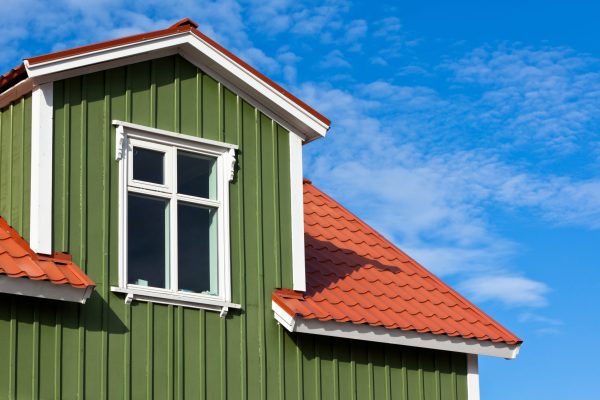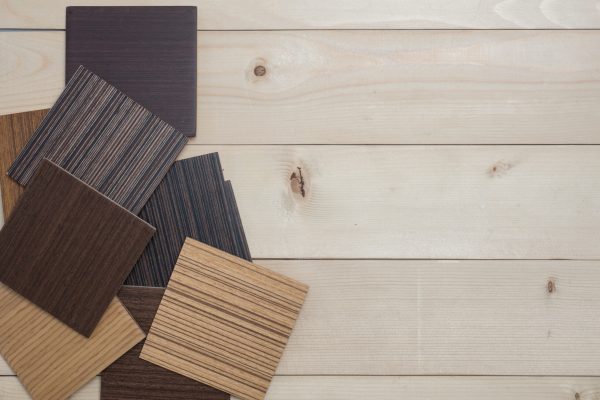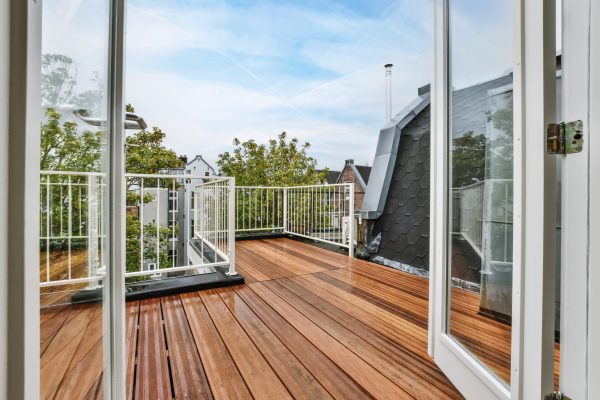BLOG
Signs It’s Time to Replace Your Home Siding
Is Your Siding Protecting or Damaging Your Home? Your home’s siding isn’t just about curb appeal it plays a crucial role in protecting your property from the elements. But like any exterior material, siding has a lifespan. Knowing when to replace it can save you from costly damage and improve your home’s energy efficiency, value, and appearance.
Here are the top signs it's time to replace your siding:
1. Cracks, Warping, or Holes
Visible cracks or holes in your vinyl, Hardie board, wood composite, or clapboard siding can allow moisture and pests to enter, leading to rot or structural damage. Warping may indicate trapped water underneath the surface an urgent red flag.
2. Faded or Peeling Color
If your siding has lost its color or the paint peels quickly after repainting, it's likely past its prime. Most modern siding is designed to hold color for 8–10 years. Excessive fading often signals deterioration.
3. Mold, Mildew, or Rot
Soft spots, green streaks, or black mold near the seams or base of your siding often mean water has seeped in. If the damage goes beneath the surface, a full replacement may be needed to protect the framing.
4. Rising Energy Bills
Old or poorly installed siding can affect your home's insulation. If your heating and cooling costs have increased, failing siding could be to blame. New siding with added insulation helps regulate indoor temperature and saves money long-term.
5. Interior Wall Damage
Bubbling paint, peeling wallpaper, or moisture marks on interior walls can indicate water infiltration through compromised siding.
6. Loose or Missing Panels
Storms, age, or poor installation can cause siding panels to loosen or fall off. This leaves your home exposed to weather and reduces its structural integrity and curb appeal.

How to Choose the Best Flooring for Your Lifestyle
Find the Right Balance of Durability, Style, and Comfort When it comes to home remodeling, your flooring choice plays a major role in both appearance and functionality. But with so many materials available hardwood, luxury vinyl, tile, plank, concrete, and stone how do you pick the right one?
1. Do You Have Kids or Pets?
For high-traffic households, luxury vinyl flooring is a smart choice. It’s water-resistant, scratch-resistant, and comfortable underfoot. Tile flooring is also great for durability and easy cleaning.
2. Are You Looking for Low Maintenance?
If you want flooring that’s easy to clean and requires little upkeep, go with vinyl plank flooring or concrete flooring. These options are stylish and hassle-free, perfect for busy families or rental properties.
3. Do You Prefer a Natural Look?
Nothing beats the timeless elegance of hardwood flooring or stone flooring. They bring warmth and natural beauty to any room and can increase your home’s value—ideal for living rooms, dining rooms, or bedrooms.
4. Is Water Exposure a Concern?
For kitchens, bathrooms, or basements, choose tile, vinyl, or concrete flooring. These materials handle moisture well and are built to last in humid or spill-prone areas.
5. What's Your Style and Budget?
From rustic to modern, flooring can define your home’s character. Luxury vinyl tile (LVT) offers a cost-effective way to mimic wood or stone without the higher price tag. Tile flooring comes in endless patterns and colors to match any design.

Deck Design Ideas That Boost Curb Appeal
Upgrade Your Outdoor Space with Style & Functionality A well-designed deck doesn’t just add usable outdoor space it instantly increases your home’s curb appeal and overall value. Whether you're planning a new build or remodeling an old structure, the right design can turn your deck into a stunning focal point.
1. Multi-Level Decks
Multi-level decks create visual interest and help define outdoor zones—for dining, lounging, or grilling. They work especially well on sloped properties and add a dynamic look to your yard.
2. Built-In Lighting
Adding LED post lights, stair lights, or under-rail lighting enhances both safety and style. Deck lighting makes the space more usable at night and creates a warm, welcoming atmosphere.
3. Natural Wood Finishes
Cedar and pressure-treated wood decks offer a classic, timeless appearance that blends beautifully with landscaping. Staining in rich tones enhances natural beauty while protecting the surface.
4. Composite Decking Materials
Want the look of wood without the maintenance? Composite decking is a durable, low-maintenance alternative that resists fading, staining, and moisture—ideal for busy homeowners.
5. Custom Railings and Privacy Screens
Upgrade your deck with decorative railings (metal, glass, or wood) and privacy screens. These features improve safety and aesthetics while adding comfort and intimacy to the space.
6. Pergolas and Covered Sections
Add shade and architectural detail with a pergola, awning, or partial roof. Covered areas extend the usability of your deck in all kinds of weather and provide a perfect spot for outdoor furniture.

